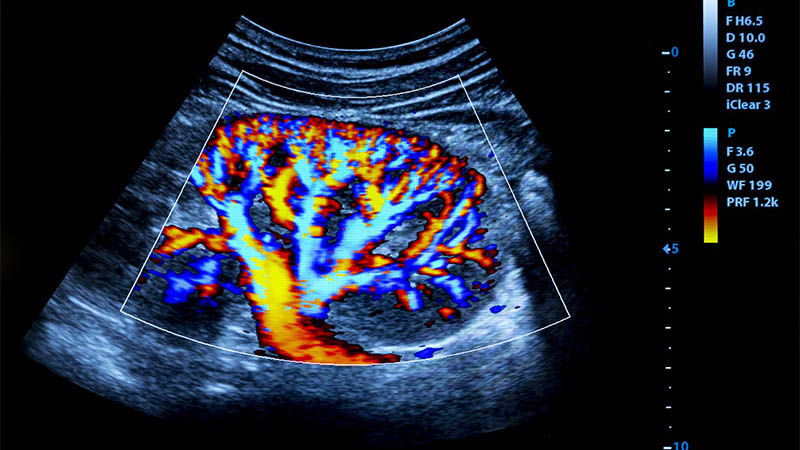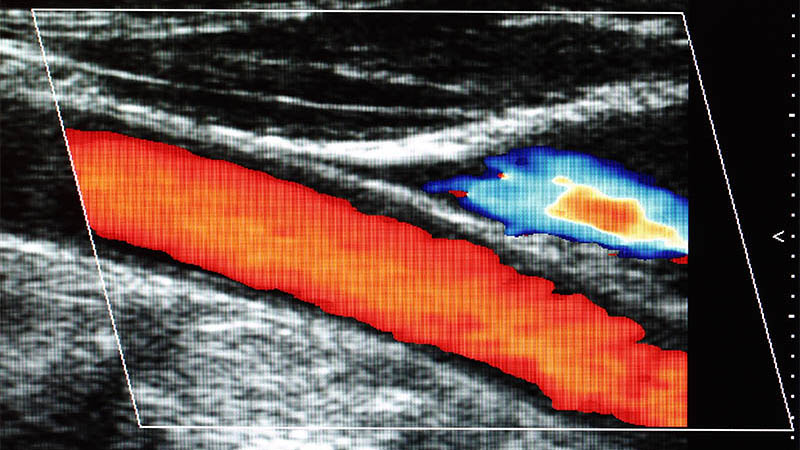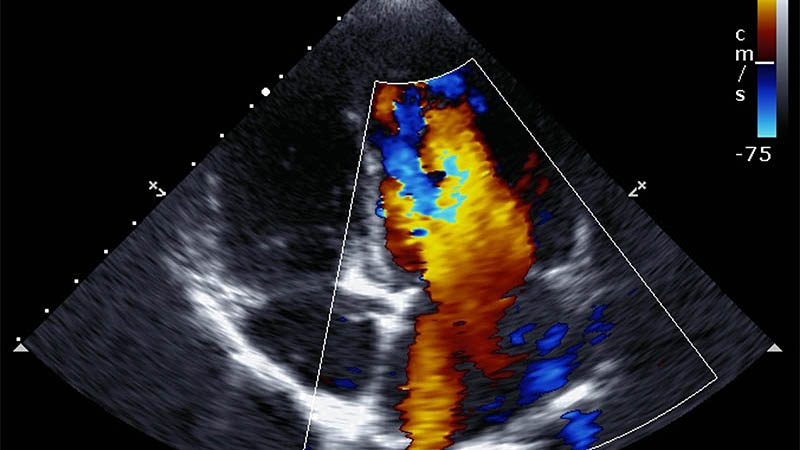Ultrasound in intensive care unit patients: applications, observations, and comparison of two established ultrasound methods
André Ignee1, Matthias Dusik2, Daniel Wastl3, Kathleen Moeller4, Beatrice Hoffmann5, Christoph Frank Dietrich6
 Affiliation and address for correspondence
Affiliation and address for correspondenceAim: To evaluate the benefit of abdominal ultrasonography performed routinely and thus independently of symptomatology in patients in the intensive care unit, and to assess the value of a portable ultrasound device. Diagnostic yield and documented results with clinical consequences were considered and compared with findings obtained using a high-end ultrasound device. Material and methods: A total of 120 patients of an internal medicine intensive care unit were included over 12 months. The investigator had limited experience in sonography (approximately 300 abdominal sonographies performed). The abdomen and basal portions of the thorax were examined. Results: The most common pathological findings were renal cysts in 34/120 (28.3%), left-sided or right-sided pleural effusions in 33/120 (27.5%) and 29/120 (24.2%) patients, respectively, dilatation of the vena cava in 24/120 (20.0%), and urinary retention in 14/120 (11.7%) patients. In 13/120 (10.8%) patients, the sonographic examination resulted in a diagnostic consequence, while in 38/120 (31.7%) patients in a therapeutic consequence. Among the false-negative findings using the hand-held ultrasound device, no finding was of therapeutic relevance. Four findings that were missed by the hand-held ultrasound device were diagnostically significant: two lesions of the kidney, one lesion of the liver, and one case of urinary stasis kidney. Conclusions: With the hand-held ultrasound device, only 33 of 52 focal lesions were detected. Thus, a high-end ultrasound device cannot be replaced by a hand-held ultrasound device for this purpose, but certain clinical questions can be answered reliably with a hand-held ultrasound device (such as the presence of a puncture-worthy pleural effusion in patients with dyspnea, or verification of the volume status based on the diameter of the vena cava).










